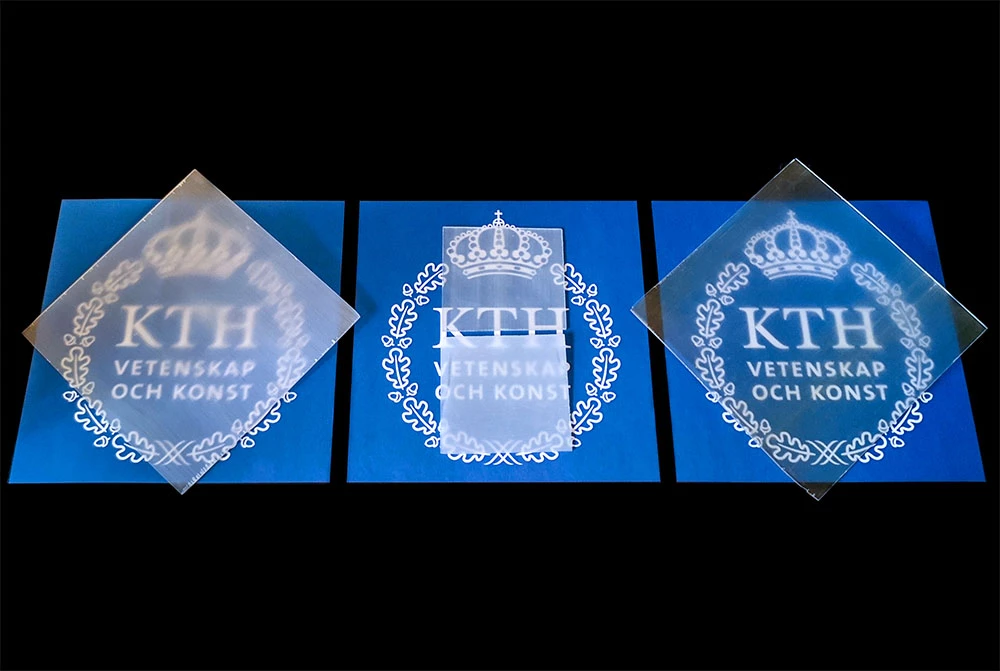For tens of thousands of years, humans have been drawn to wood as a construction material due to its strength, low cost and abundance, and lately we're seeing how transparency could be added to this list of desirable attributes. Scientists at Sweden's KTH Royal Institute of Technology have now produced a completely renewable version of see-through wood thanks to the addition of a fruit peel extract, which also happens to make it more translucent.
A number of research groups around the world are making some interesting discoveries around wood of late, demonstrating how its complex makeup can be altered to give it entirely new properties. This includes removing polymers to make it see through, adding semiconductor nanoparticles that make it glow in response to UV light, and incorporating phase-change polymers that enable it to store and release heat.
The scientists at KTH Royal Institute of Technology have been at the forefront of this research for years, demonstrating their first transparent wood back in 2016. Like other versions of this technology, the process starts by extracting lignin – an organic polymer that gives wood its color, rigidity and ability to absorb light – from the material.
This leaves behind empty pores, and previously, the team has filled these gaps with synthetic polymers to give the material strength and transparency. Now, the scientists have found a more eco-friendly replacement, in a monomer made from a component in citrus fruit peels called limonene.
“The new limonene acrylate it is made from renewable citrus, such as peel waste that can be recycled from the orange juice industry,” says lead author, PhD student Céline Montanari.

This limonene acrylate monomer was used to fill the empty pores in the wood, affording it an "excellent" optical transmittance of 90 percent at 1.2 mm (0.04 in) thick, and "remarkably low" haze of 30 percent. This outperforms the team's previous versions and, importantly, gives it a strength of 174 MPa (25.2 ksi) and elasticity of 17 GPa (around 2.5 Mpsi), which the team says fits the bill for heavy-duty, structural use.
The researchers imagine a range of uses for their latest, greatest and entirely sustainable transparent wood, including smart windows, wood with built-in lighting functions and wood for heat storage, which builds on their previous work. One of the more interesting possibilities includes a wooden laser.
“We have looked at where the light goes, and what happens when it hits the cellulose,” says Professor Lars Berglund. “Some of the light goes straight through the wood, and makes the material transparent. Some of the light is refracted and scattered at different angles and gives pleasant effects in lighting applications.”
The research was published in the journal Advanced Science.




